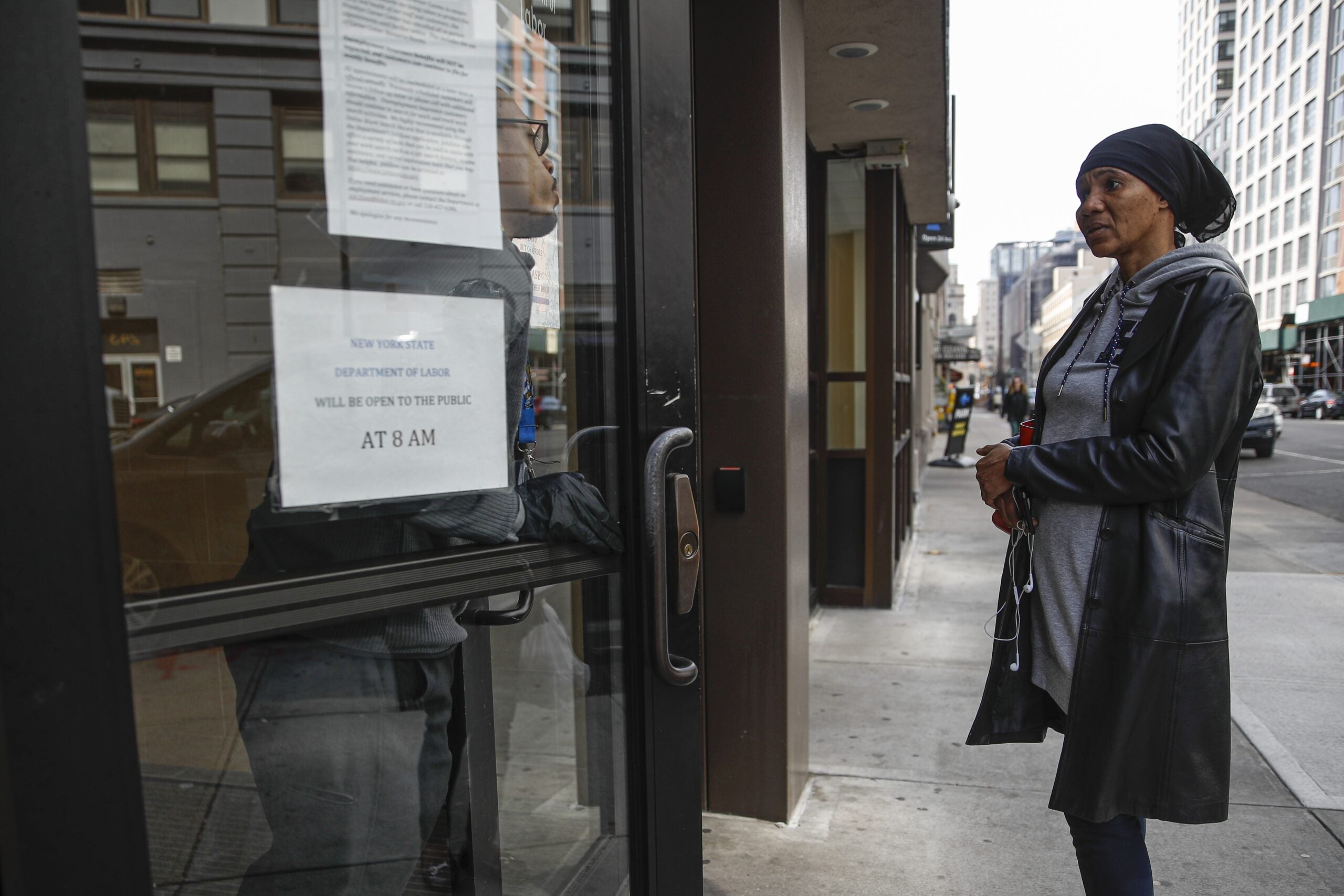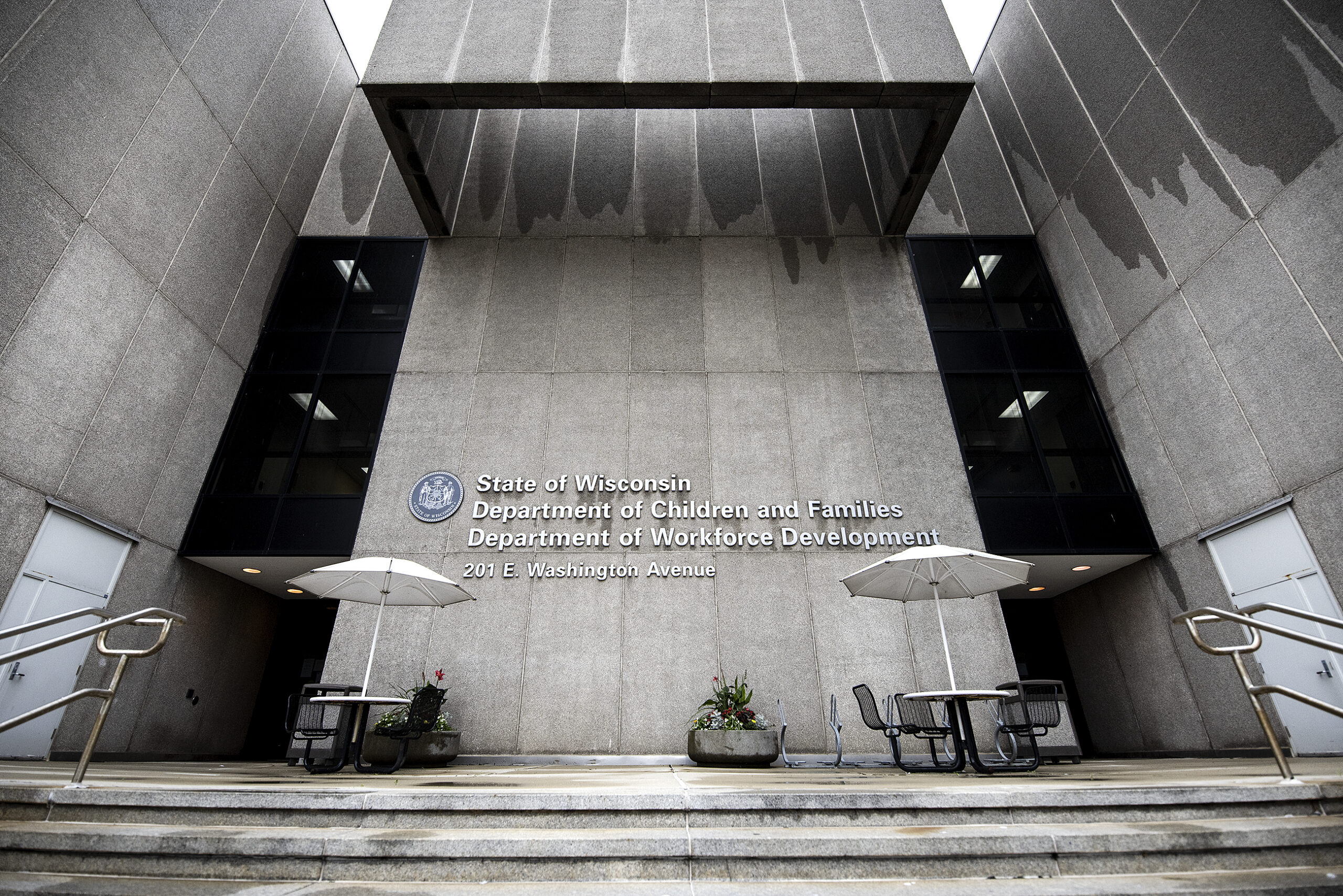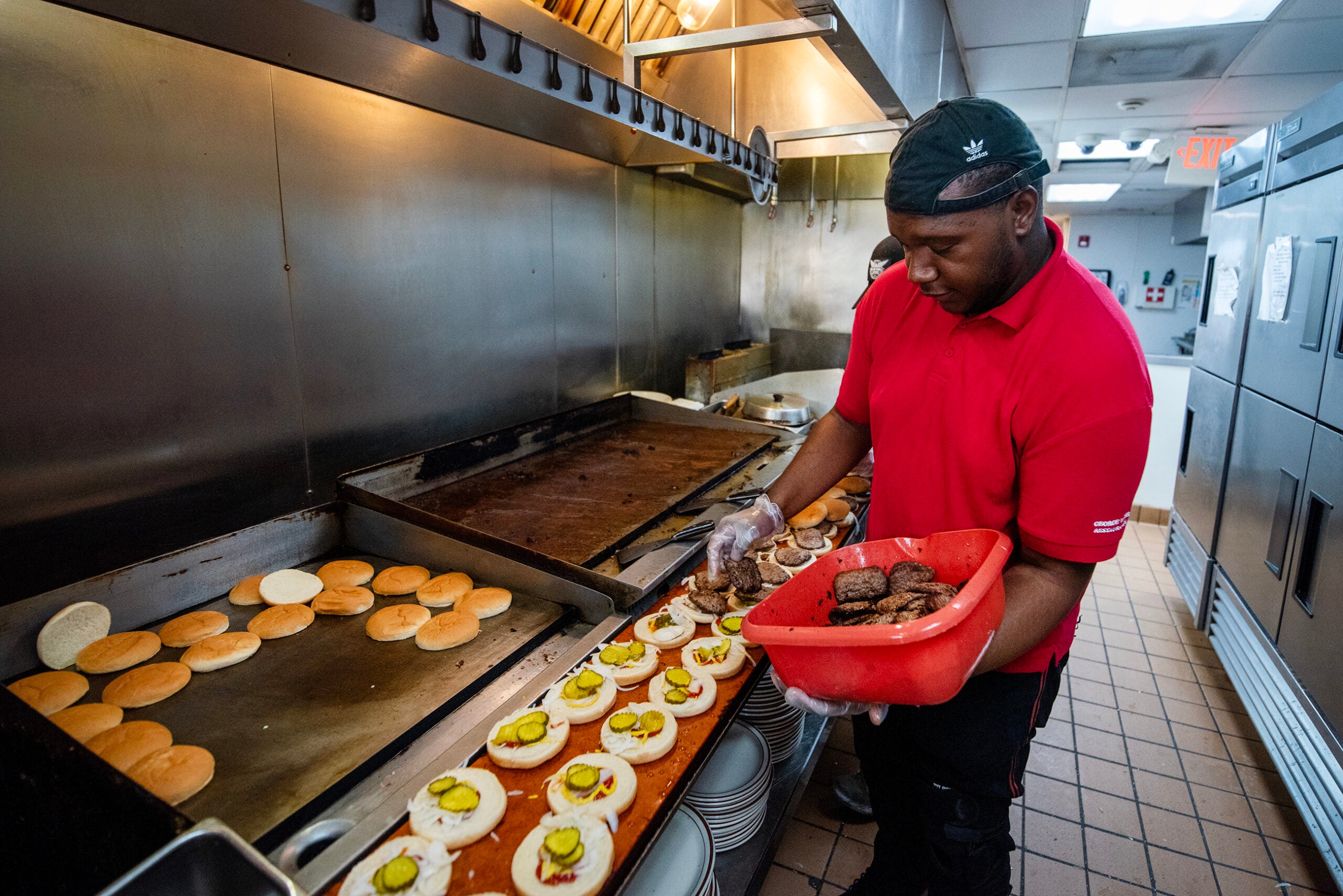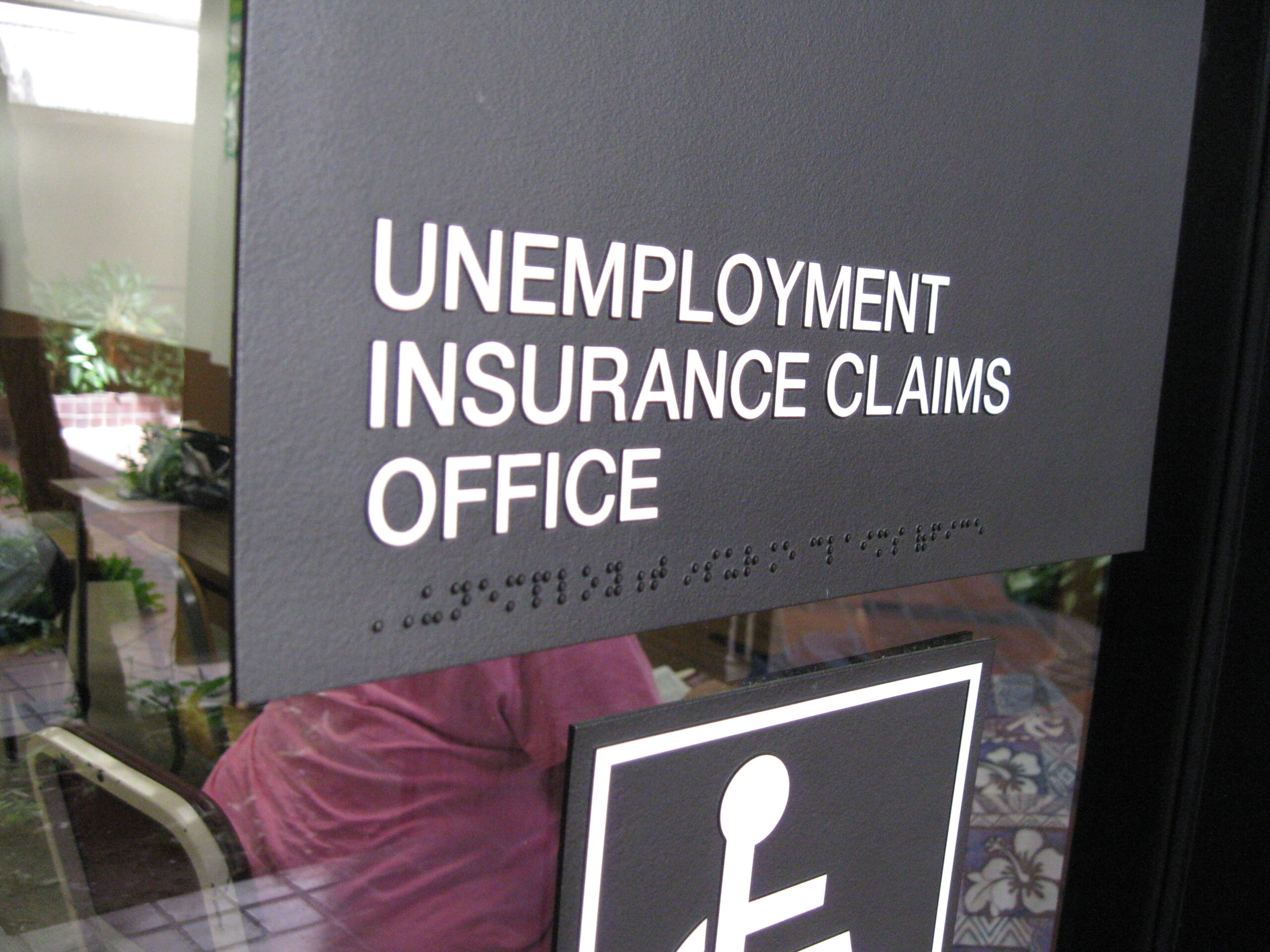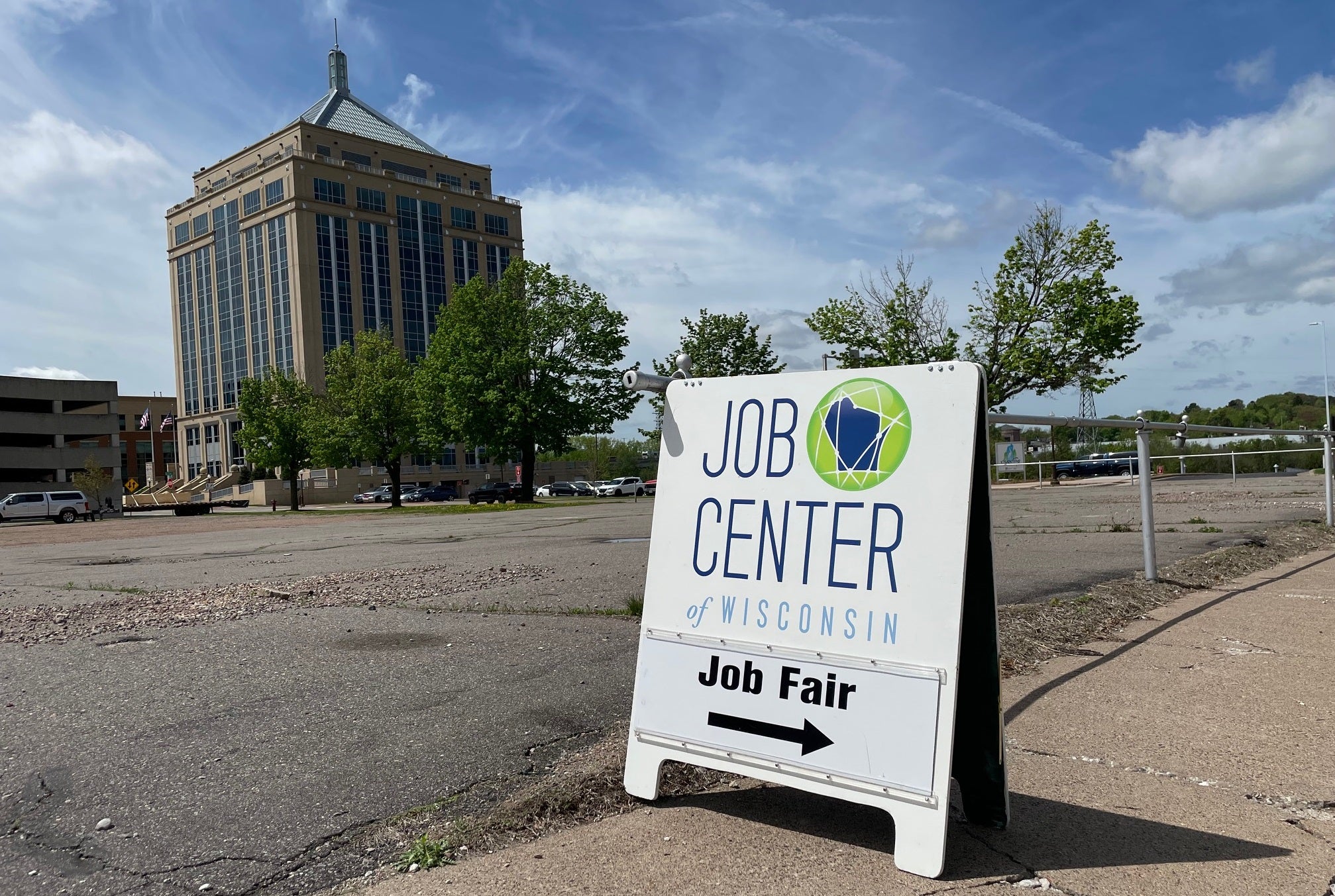The outbreak of the new coronavirus has prompted a large number of businesses to lay off workers or sharply reduce their hours.
As a result, state officials are making changes to make unemployment assistance available to affected people more quickly.
RELATED: Unemployment Claims Top 30K Amid Coronavirus Slowdown
News with a little more humanity
WPR’s “Wisconsin Today” newsletter keeps you connected to the state you love without feeling overwhelmed. No paywall. No agenda. No corporate filter.
To explain how the unemployment insurance system works, and how to apply for benefits, Kate Archer Kent of WPR’s “The Morning Show” spoke with Caleb Frostman, secretary of Workforce Development, and Amy Banicki, deputy administrator of the state Department of Workforce Development’s Unemployment Insurance Division.
This transcript has been edited for length and clarity.
Kate Archer Kent: Secretary, we saw the governor announce changes to the unemployment benefit process to help people who have their work reduced due to the coronavirus. What do these changes mean, especially for your division?
Caleb Frostman: The proposals put forward by emergency rule remove the work search requirement as well as changing the definition of being available for work. If folks are laid off due to the COVID-19 public health emergency, they would be considered available for work. The governor is working with the Legislature to repeal the one-week waiting period to help folks affected by this public health pandemic receive public unemployment insurance benefits sooner than they would under the one-week wait that is currently state law.
KK: Explain what the work search requirement is and what is being waived.
CF: Any time someone is eligible for unemployment insurance they have to be completing at least four work searches per week. The emergency order put forward yesterday, aligned with the public health emergency put forward by DHS (state Department of Health Services) and the governor, waives that work search requirement, which would relieve the burden of folks that are going to be expecting to return to work at the conclusion of this pandemic, and also relieves the burden on employers, who would likely be fielding folks that were filing many, many work searches per week that would likely return back to their normal job when this pandemic is over.
KK: Amy, what are you seeing right now in your division? Are you keeping up with inquiries?
Amy Banicki: It’s pretty hectic right now. We’re taking a lot of calls, and we are urging people to go to our website, DWD.Wisconsin.gov. About 98 percent are filing their initial claims online, which is great, so that we can answer those phone calls when they come in.
KK: Will you be able to keep up with the demand with your current staffing?
AB: We’re absolutely seeing an uptick, and we’re doing everything we can with our staff. We also have additional staff trained to hop on the phones when we need them. They have also been working. We will do everything we can to answer and help all the citizens of Wisconsin that are calling UI (the Unemployment Insurance Division). It may involve hiring more staff, or bringing more staff in from throughout the department.
KK: Explain how unemployment compensation works. What is it?
AB: Unemployment is a federal/state program. It provides benefits to eligible workers who are unemployed through no fault of their own. That’s determined under state law, and they must meet eligibility requirements. It is an insurance program, based on whether or not somebody has worked. You have to have qualifying wages in order to be eligible — self-employed folks, for example, would not be eligible for unemployment.
KK: For someone who is a gig economy worker, or in a non-traditional job environment — independent contractors and freelancers — what is the state doing for these people right now?
CF: We’ve got a cross-departmental task force — a loose task force — going forward, a lot of folks coming together across agencies to try to help those small businesses, help those entrepreneurs that are going to be affected by this, whether that’s through a grant program or a loan program. There are discussions happening at a very high level to make sure that our Main Street businesses and our entrepreneurs that may not qualify for unemployment insurance programs have the assistance they need to pay their bills this week, but also next week and the week after that.
KK: For those who have never filed for unemployment benefits before, where do they start?
AB: They should go to DWD.Wisconsin.gov, and click on the link for unemployment. We have all kinds of frequently-asked-question documents out there. We have everything to explain how to file, and then you click the button and you just apply.
I encourage anybody who is questioning whether or not they’re eligible for unemployment to file a claim. That’s the easiest way to find out.
KK: How long does it usually take for benefits to kick in?
AB: Applying for benefits is a two-step (process). You first have to file your initial claim, and then you get paid based off a weekly claim, so you have to wait until the week is over and then file a weekly claim. You have to do this every week to make sure that you’re eligible each week.
If there are no eligibility issues on the claim, meaning somebody is filing, and they have no other issues, payment will go out within one to two days.
KK: What is the workshare program? How does that work, and can people use it right now?
AB: The workshare program is designed to help employers retain employees during slow business periods, by reducing employees’ hours and then allowing those affected employees to file for partial unemployment insurance benefits. An employer has to apply for that program.
The good thing about the workshare (is) if the employer chooses to do it, UI (the Unemployment Insurance Division) will pay to replace the portion of their reduced pay, but also it’s a requirement that those employers keep providing benefits to those participating workers. So we are encouraging employers who can keep some employees working to contact us and get a workshare plan in place.
KK: What happens after 26 weeks of benefits and someone is not back to work, the COVID-19 crisis is not over. What happens then?
AB: Our state program is only 26 weeks, but the federal government can enact emergency or extended benefits. They are talking about putting that in place at least through the end of the year. But we would have to wait for that, because they would then give us some funding. We cannot extend it past 26 weeks at this point.
Wisconsin Public Radio, © Copyright 2025, Board of Regents of the University of Wisconsin System and Wisconsin Educational Communications Board.

